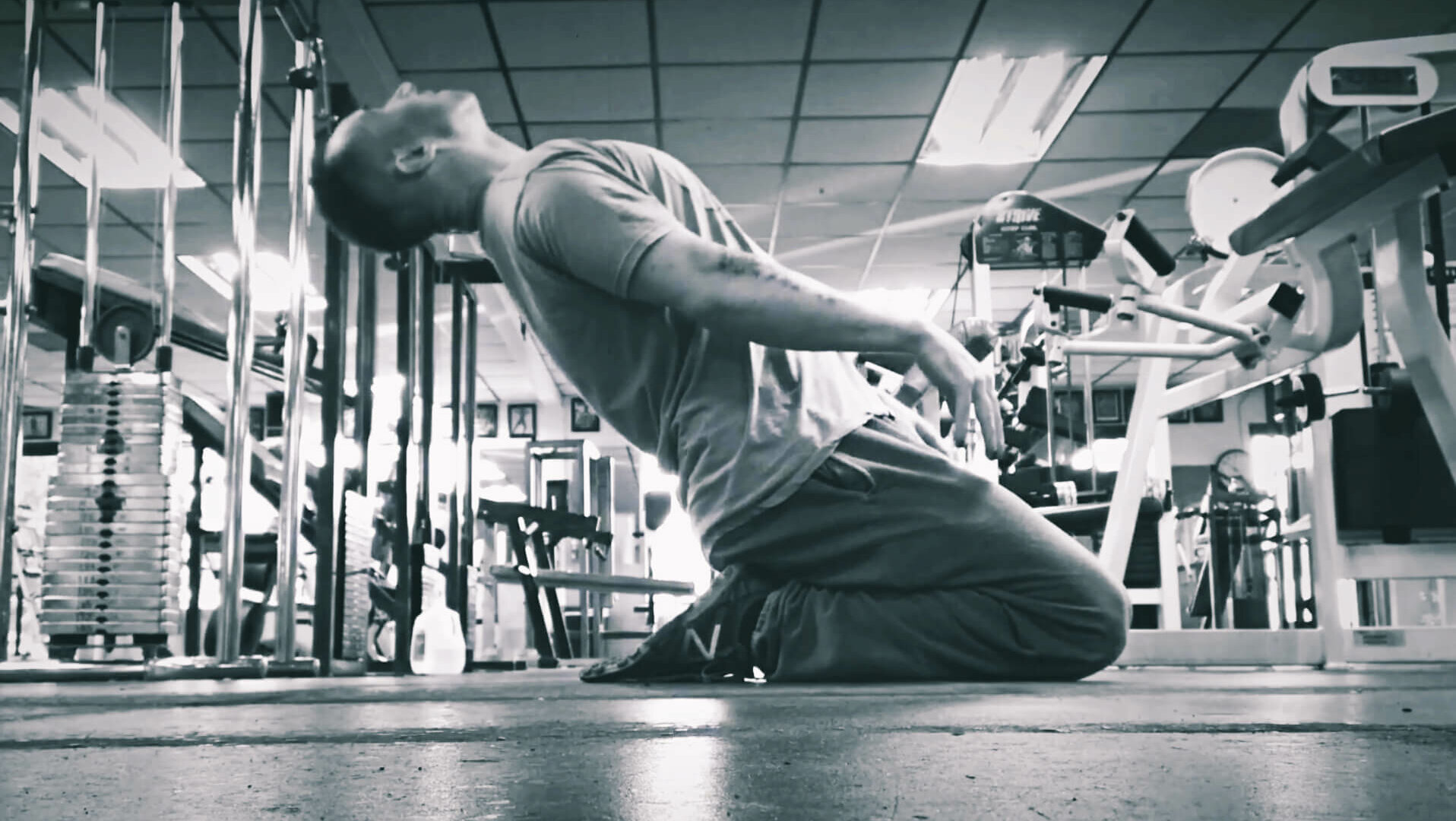Last time, I talked about what to do if you’re hyper mobile. Today, the subject returns to mobility. Now, I’m going to talk about what to do if you are hypo mobile. What this means is that you are lacking in mobility. For our purposes, mobility is simply how much you can articulate a given joint in and of itself. For instance, if you are in a quadruped position, and you attempt a bird dog, and you find that your lower back starts moving at the end of the motion, you are lacking the ability to articulate hip extension.
As the saying goes, first thing’s first. And the first thing always goes back to our nervous system. Whether it is for lifting, or for other gross motor movements we perform in daily life, we have our nervous system to thank for knowing how to do them. If we have compensatory patterns inhibiting or altering our movement, we STILL have our nervous system to thank for it even though the end result might be less than optimal.
Before we discuss learning, let’s take a look at Maslow’s hierarchy of learning. As you read through this, try to imagine the first time you learned how to do the compound lifts.
Maslow’s Hierarchy of Learning
- Unconscious incompetence-we do something wrong and we don’t know what we’re doing wrong.
- Conscious incompetence-we are now at a point where we can do “the thing” but we catch ourselves making the errors and then correct them.
- Conscious competence-we do “the thing” and we do it well, but we have to think about it every step of the way.
- Unconscious competence-we’re at a point now where we can do “the thing” without thinking about it. My favorite example of this is when you see those hair metal guitarists who can pick up chicks while not even playing their guitar, yet they still go to town.
To that end, if we look at the way we learn, it goes something like this: big to small and slow to fast. If you’ve ever taught someone how to squat, without saying anything they almost always start super slow, provided they are completely new to it. Or, depending on the amount of scaling needed, the process can go from small to big and slow to fast. If you’ve ever been to a physical therapist for any type of rehab, you’ve encountered the latter.
With that in mind, let’s take a look at your body and how it works. We know it’s a closed chain, and we also know that despite the term, nothing happens in isolation. Not even a bicep curl. So to get out of the state of hypo mobility, you have to move certain areas of tissue more than you are at this point in time. So the way I’m going to focus on involves stretching your tissue. Not in the usually static stretching ways, either.
Like I mentioned before, the body is a closed chain. One movement affects other parts that don’t even seem to relate at all. As an example, try this: stand up, and reach your right hand to the sky as far as you can, and note where you feel your tissue moving. More than that, make a note of where you feel it other than your right arm and shoulder.
For me, I feel things happening on my left lat and my pelvis and my left leg. Depending on your kinesthetic awareness, you might feel that and more, or something altogether different. This is the idea we are going.
So in your quest for more mobility, you want to look at the joints that don’t move like they should. So if your hip doesn’t extend well, we look at the hip joint, as an obvious start. From there we go to a nearby joint, like the knee joint. The goal then is to move the knee joint one way and the hip joint the opposite way. In so doing, you want to take them to their limits when you can. So if hip extension is lacking, work to move it into extension while you put your knee into as much flexion as you can handle. You can see an example of this in the video above. From there, it reduces the immobility of the hip and allows for better function. There are a few ways you can test it out, I use my gait. If my right hip doesn’t feel as tight after a drill like this, I am on the right track. Remember, this isn’t the only drill you have to work with; it’s just an example to highlight the extreme ends of flexion and extension in the respective joints. Your limits and abilities will determine your movement choices.
Here, you see an example of working with your shoulder joint. The incline dumbbell curl has your shoulder in extension, while you curl the weight via elbow flexion. To make the most of it, try not to move your humerus during the exercise.
This one works the wrist joint. For this, take lighter than normal weight and curl it as you move your wrist into extension. As you bring it back down, move your wrist back to neutral. Err on the lighter side so you don’t snap your wrist off.
Rotating joints
Some joints, like our elbows, hips, and knees, are capable of rotating laterally (external) and medially (internal). We can apply the same principles to these by way of torsion. Despite the association with a man twisting his testicles on accident, torsion means to twist on an axis.
As an example, if you were to rotate the humerus inward while supinating your forearm, you would be locking the elbow joint into torsion. In the above video, I’m doing so by way of a dumbbell row. In this case, I’m in torsion at the bottom, and move into neutral positions at the top. Do it right and you’ll feel a nice stretch of the forearm and upper arm.
The last example is that of your hip and knee. In the video, I’m using a dumbbell for deadlifting, but you can apply the principle to any deadlift. Some key points:
- stagger your stance
- front leg will be internally rotated at the knee while you externally rotate the hip
- back leg performs the opposite way; externally rotate the knee and internally rotate the hip
- square the pelvis
- lift
As an added bonus, if you do this right you will feel your abdominals automatically brace themselves as a result of the surrounding tension, due to that whole closed chain stuff I mentioned earlier.
Conclusion
So these aren’t the only methods of regaining mobility. But they are effective. They’re also very intense if you are new to them. The key is to use sparingly until your nervous system knows it can handle them easier than before. Until then, use your best judgment and practice being safe and smart about it.

